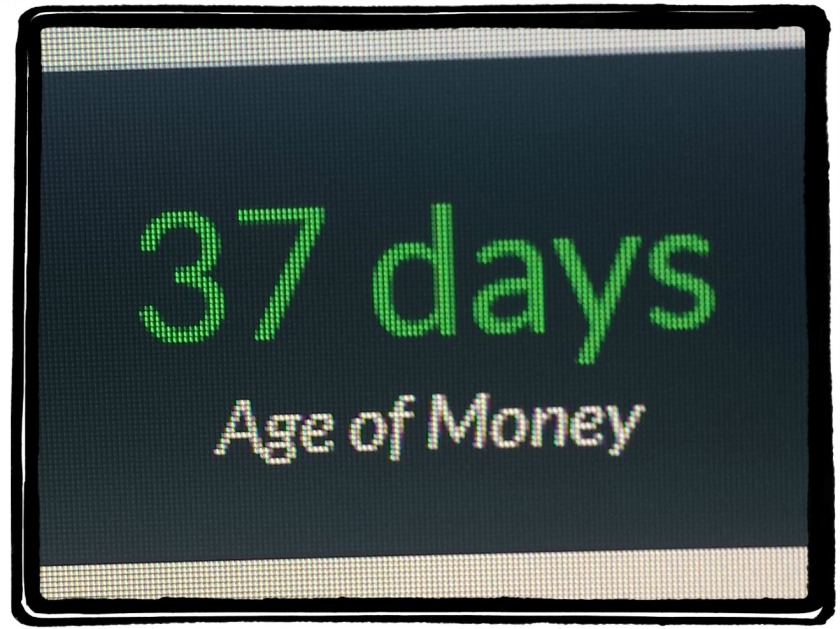
Are you living paycheck to paycheck? I’d say many people do in an American society of debt overload and over indulgence do. We just weren’t raised to be savers. We look at our grandparents and great grandparents who still cut the bruised parts of fruit out and finish eating the rest and shake our heads. We think, “I will buy you a whole basket of peaches if you’ll just NOT EAT THAT!” We throw out vacuums when the belt breaks, think buying a brand new car on loan is cheaper than fixing the one that’s paid for and go pick up a burger at the local fast food joint when we just don’t want to cook. But saving is important, and over indulgence has entire generations in financial ruin. That’s why it’s important to create a buffer.
A buffer is a category you create in your budget; it’s rule four for my favorite budgeting software, YNAB. It’s different than saving for rainy day expenses, those expenses that only come up annually, or on an as-needed basis, like doctor visits and vet bills (which you should be planning for them as well!) It’s the one to six month’s salary you save so you are no longer living paycheck to paycheck, and you add to it each and every paycheck. It can be a small amount, or it can be large, It’s totally possible and most people can raise a one month’s salary buffer within 6-9 months of budgeting.
The question is, why is it so important? There are many reasons why you want to have a buffer, number one being a little thing called Murphy’s Law, which the financial guru Dave Ramsey suggests always happens where money is concerned. Murphy’s Law is an old adage, “Anything that can go wrong will go wrong”. What if you get fired, hurt, sick, there’s a death in the family, you have to have hip replacement, your car catches fire, your house catches fire, you hit someone with your car, and so on and so on. There are so many reasons to have that extra money handy, just in case those paychecks stop rolling in.
How much do you want to save in your buffer? Start with one and keep adding to it, you can never have too much “just in case” money. When I started using YNAB, I usually had about $30 on payday, debt, no savings, no investments, nothing. Now, three years later, we are debt free (minus our mortgage), we have an ever-growing, fully funded buffer , a separate emergency fund of $1000 and still manage to save for our 52 week savings plan. We did remove all but about $200 of our investments from Lending Club and Betterment and just put it in to savings and CD ladders. We still have the $200 because they were notes that wouldn’t sell on Lending Club so they’ll just sit there til they pay out, (one of my issues with Lending Club).
Where do you want to keep your buffer? You can keep it right in your checking account, along with your rainy day funds and your every day expenses funds.You can also consider moving it to a savings account, simply to earn a higher interest rate off of it. Either way, you want to have it tangible if you need it. YNABers aren’t usually fans of lots of accounts, it can get messy and confusing, but I am also not a fan of putting all my eggs into one basket, especially in this day with identity theft and debit card thieves out there. Basically, it’s your money, put it where you want it.
BONUS THOUGHT: You know those people who say you shouldn’t save while you still have debt? Well, I think they are wrong, especially in this particular circumstance. You may have a problem come up way before you will be out of debt, and if you need to choose between adding an extra $10 to your credit card payment and adding an extra $10 to your buffer, until it’s funded with at least a month’s worth of wages, I would choose the buffer.
